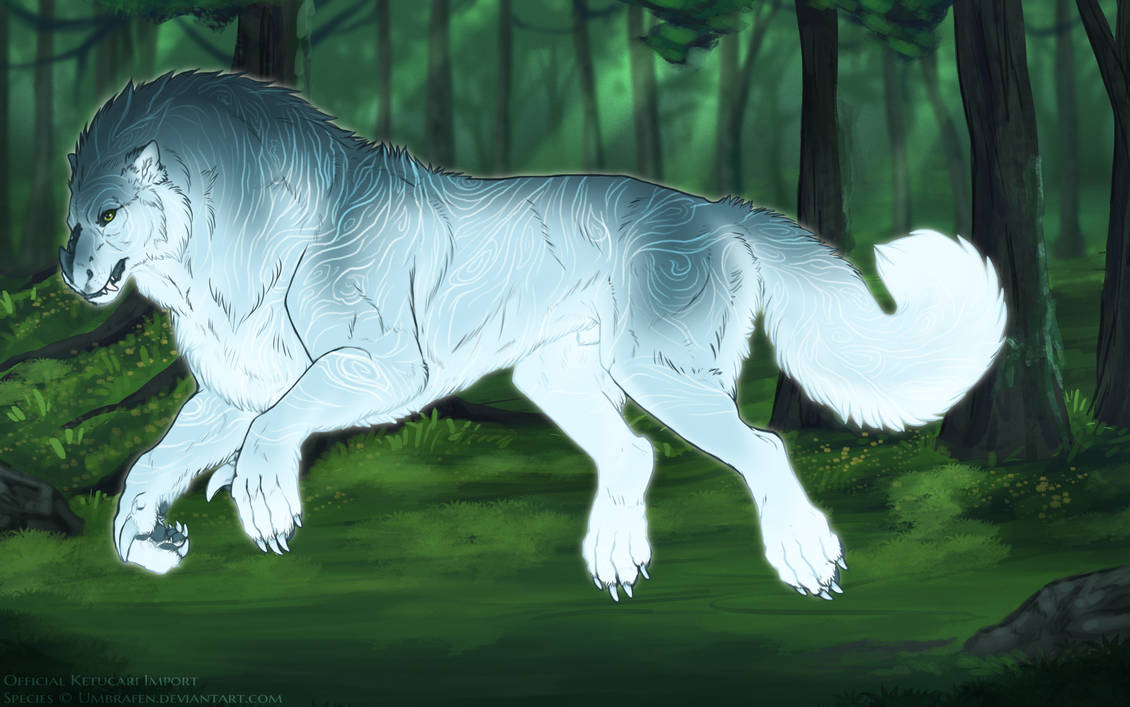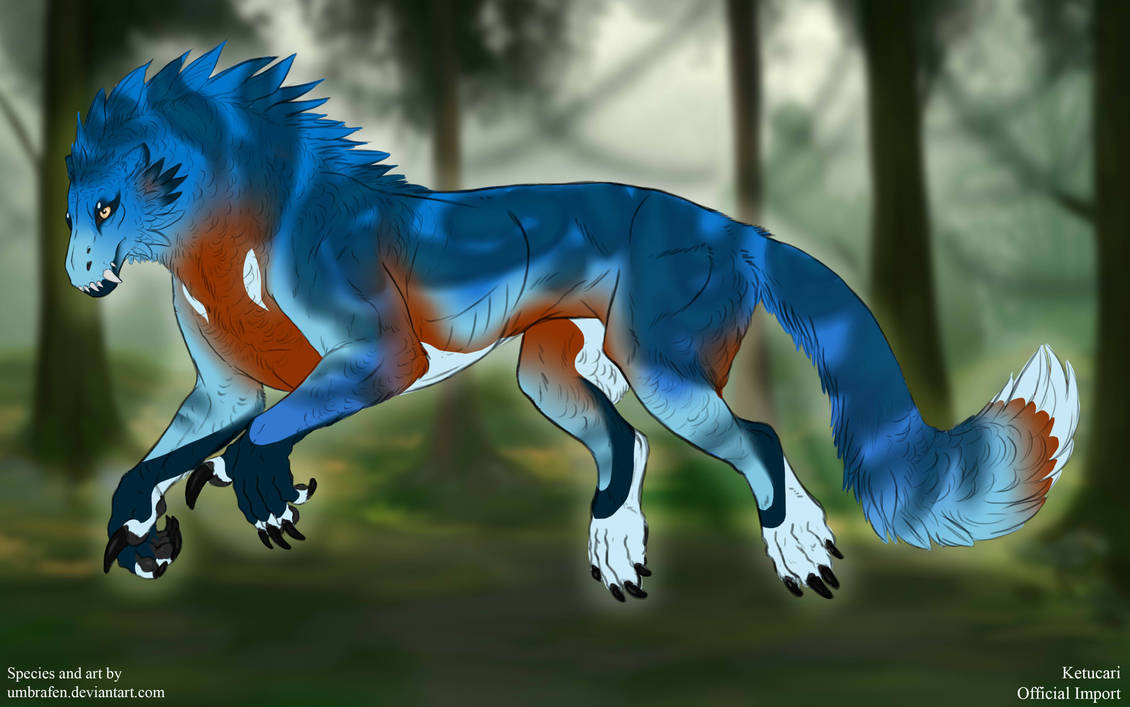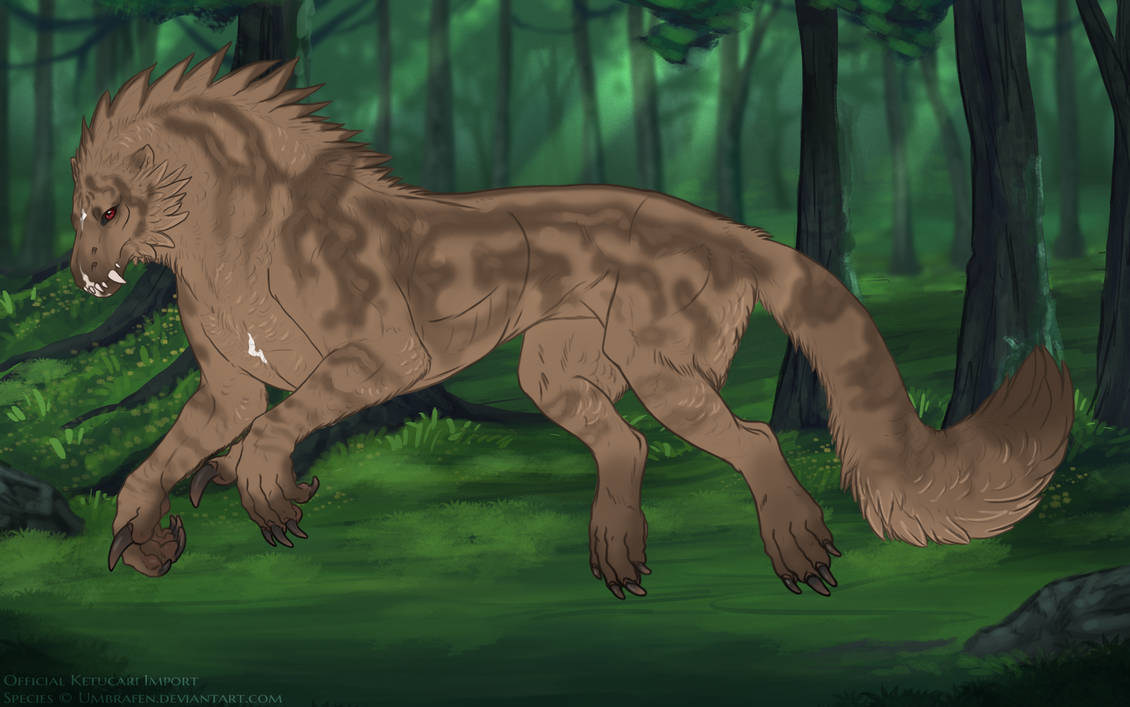Marbling
Examples
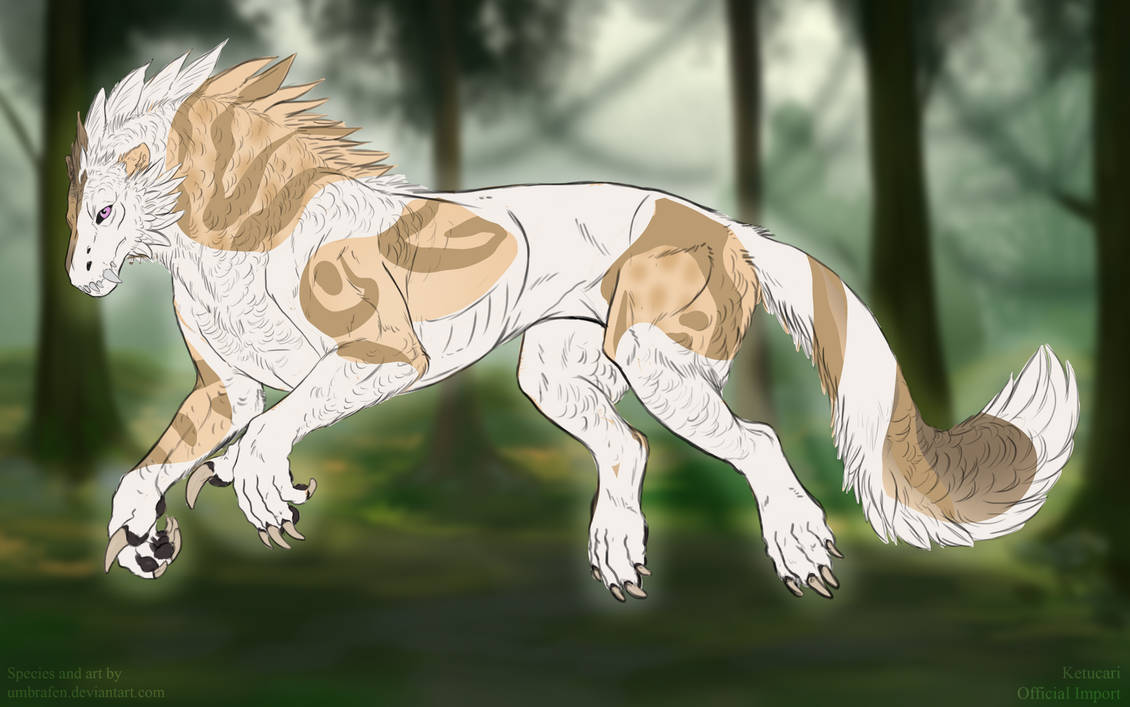
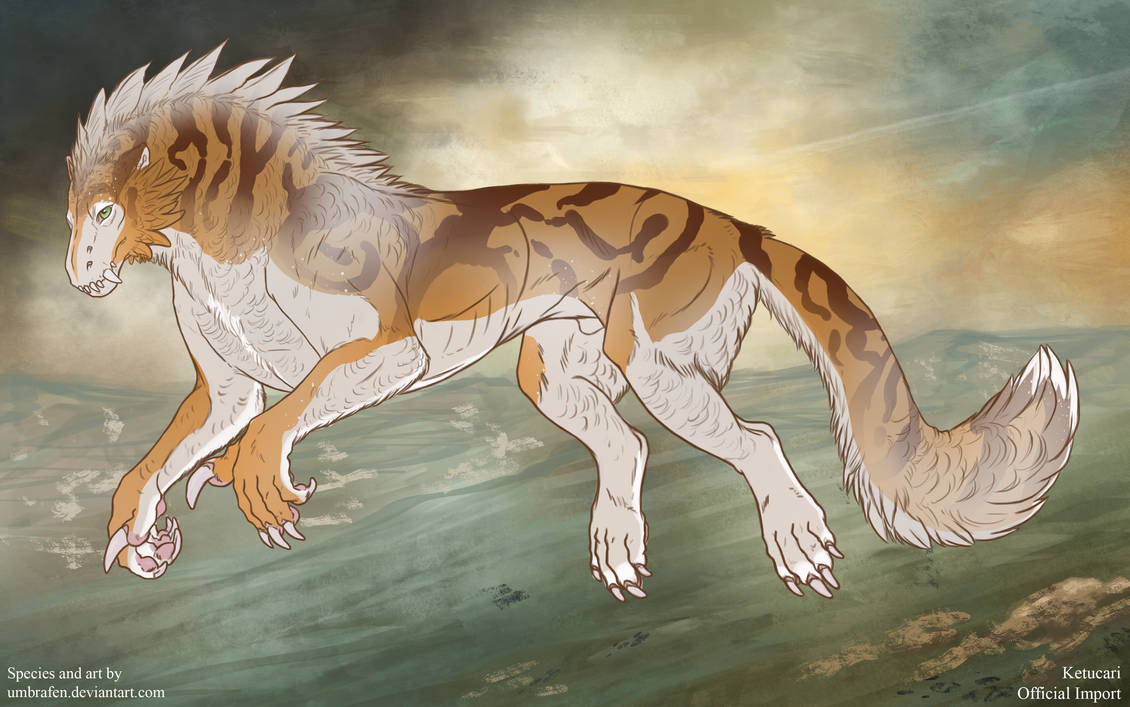
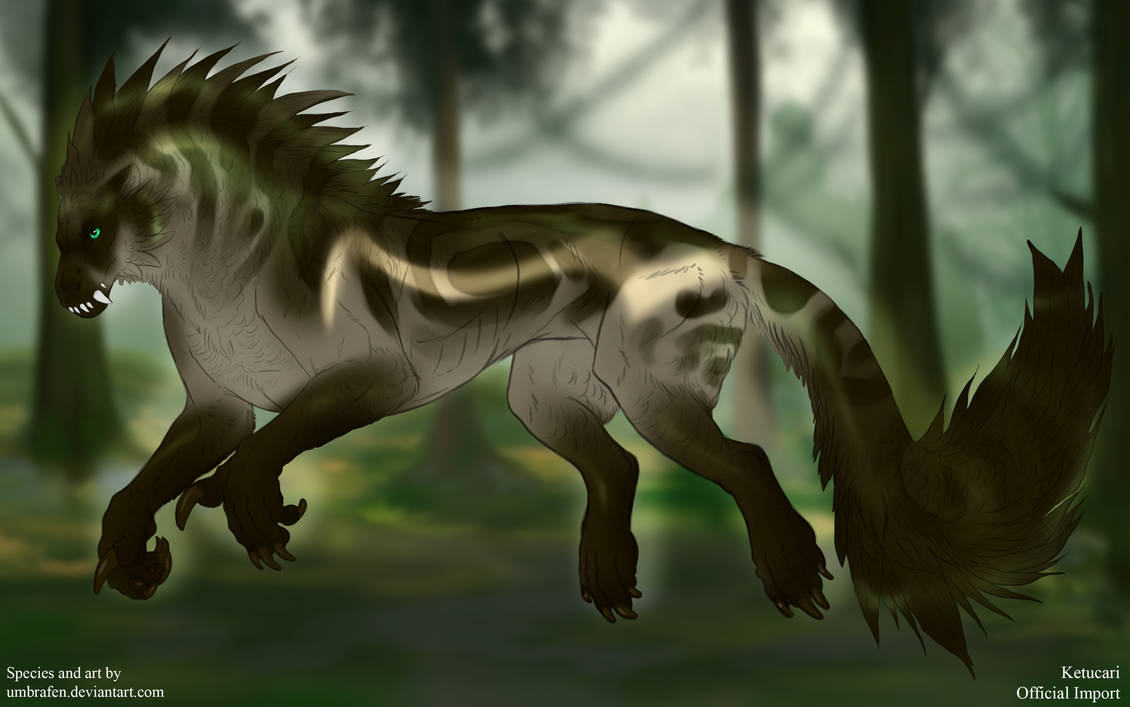
Real life examples:
www.showcatsonline.com/catimag…
www.southlynnbengals.com/siteb…
purrfectcatbreeds.com/wp-conte…
Basics
Color and Shape
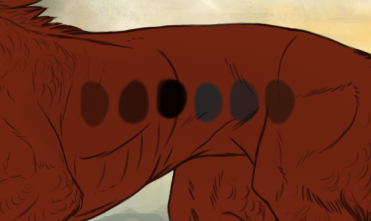
These colors would be acceptable for this base color. They are either a darker version of the base, or a darker and desaturated version of the base. The last color on the right shows a minor deviation in hue, and is slightly more yellow than the base itself. Notice that this small change is not overbearing.
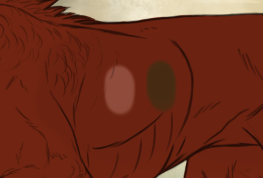
These colors would be unacceptable for marbling. They are either lighter than the base coat or have too drastic a hue shift.
Shape wise, be sure your marbling looks natural and not too stylized/swirly.
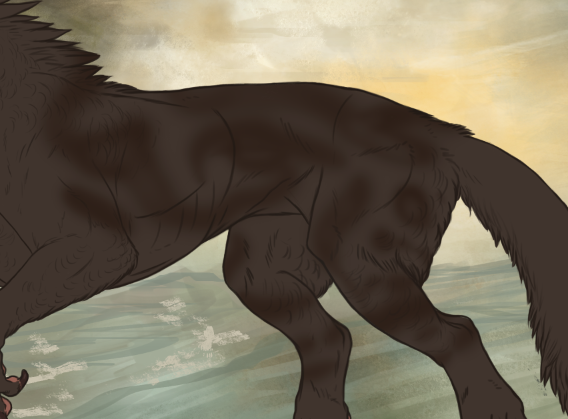

Marble vs. Similar Markings
Be careful that marbling doesn't too closely resemble lacing or striping.

Since it can appear anywhere on the body, there is no range for marbling. It must be immediately noticeable in the design.

Range
Since it can appear anywhere on the body, there is no range for marbling. It must be immediately noticeable in the design.
Interaction with Other Markings
If a ketucari has marbling and rust, these rosettes can have a bronze, red, or orange color. Alternatively, the rust may simply change the color of marbling to one of those shades. If a ketucari has marbling and moonspots, the rosettes can be paler than the base coat.
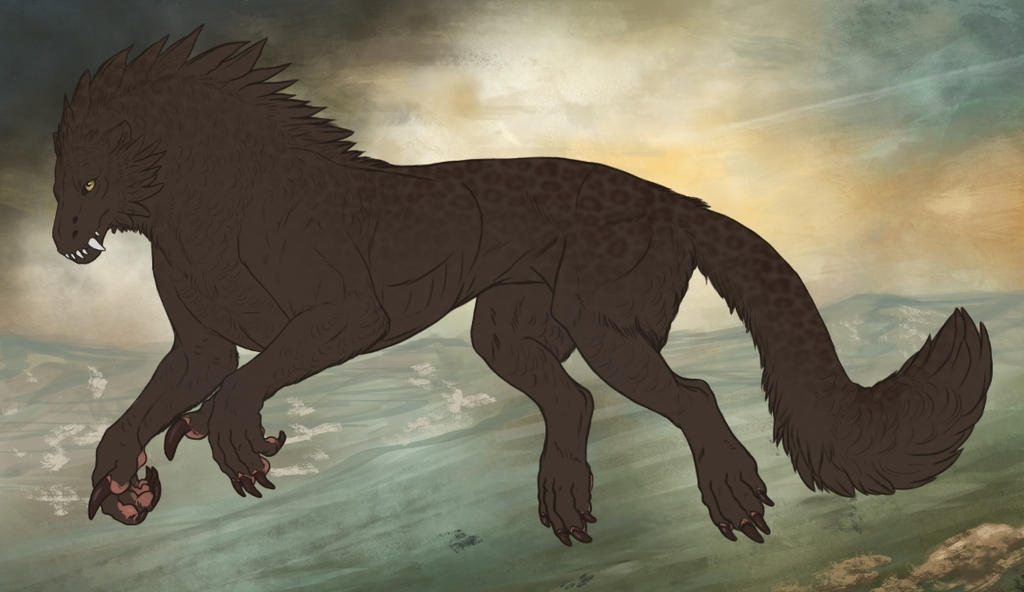
The maximum and minimum sizes for rosettes are as follows:
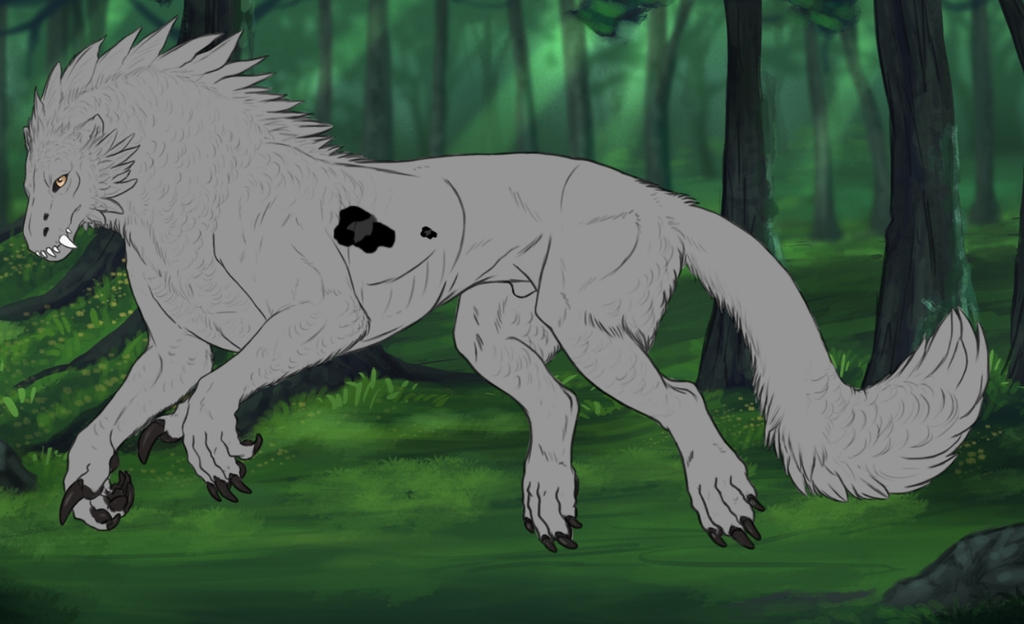
keep the vertical strand on the neck, be sure that the body stripes do not intersect with the strand. The form of the striping should be natural
and not stylized and follows the same width rules as Strand.
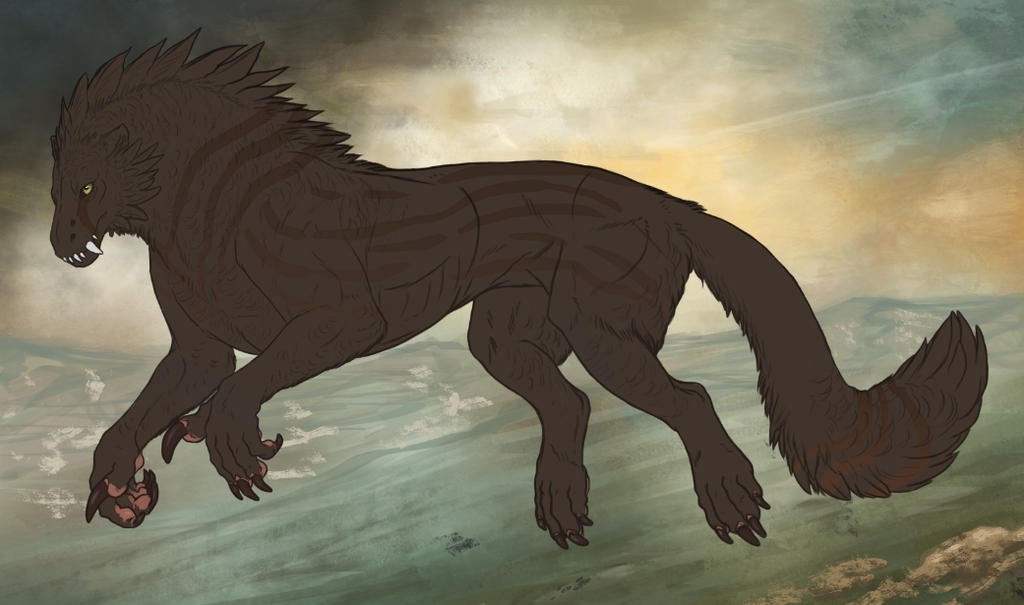
the reddish color of the spots below is caused by rust)
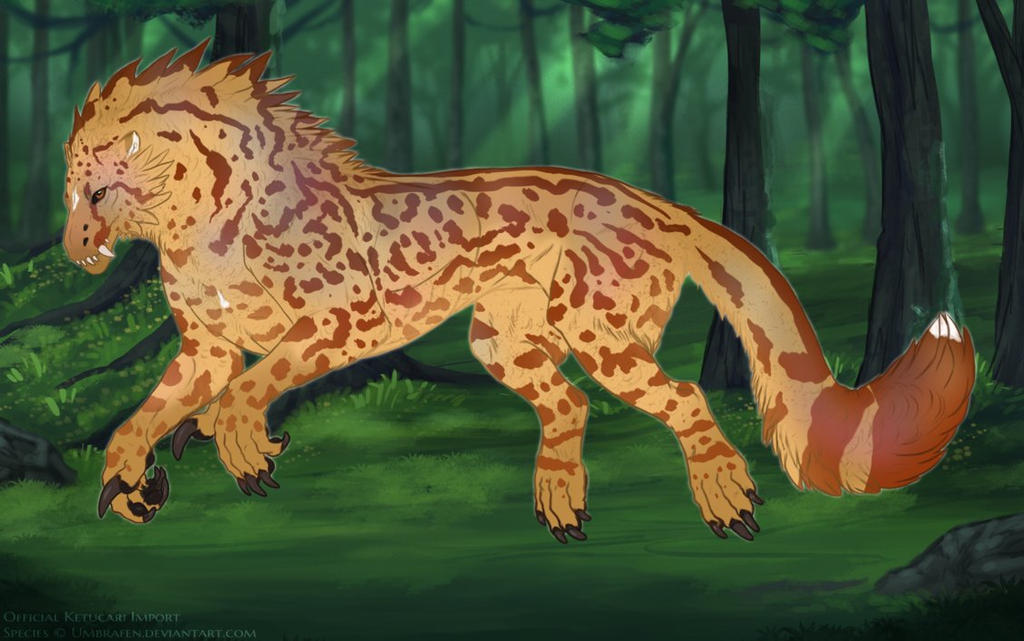
![]() If a ketucari has strand, overcast, and marlbe the three may be combined to create ocelot rosettes.
If a ketucari has strand, overcast, and marlbe the three may be combined to create ocelot rosettes.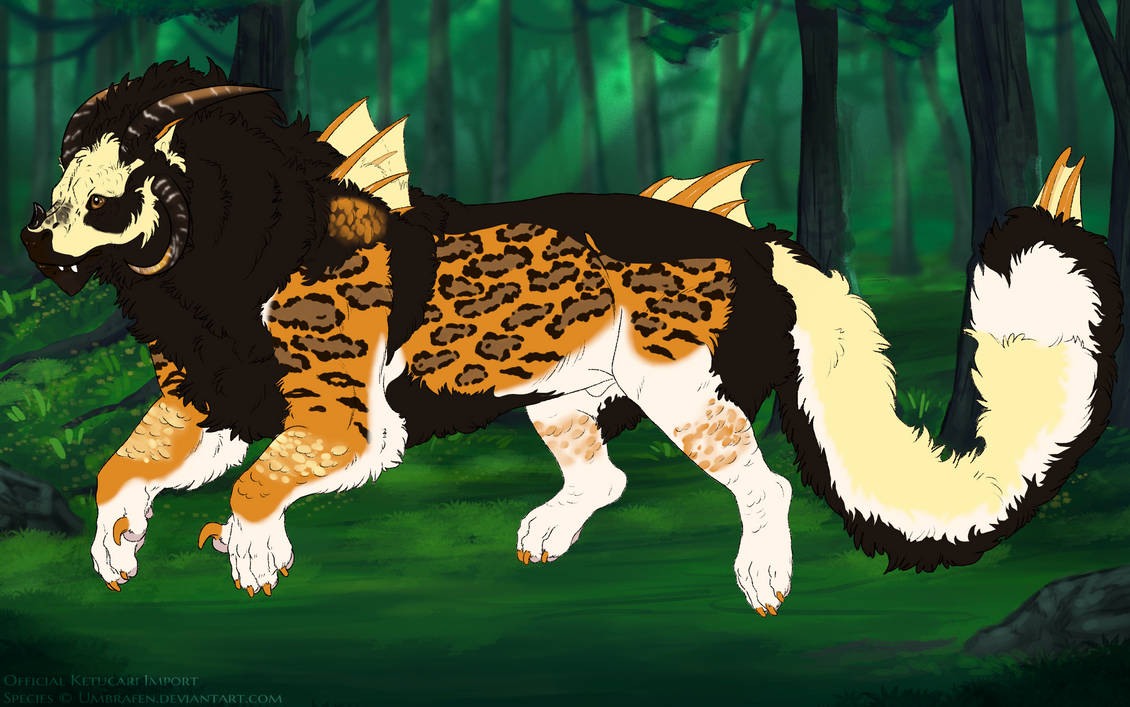
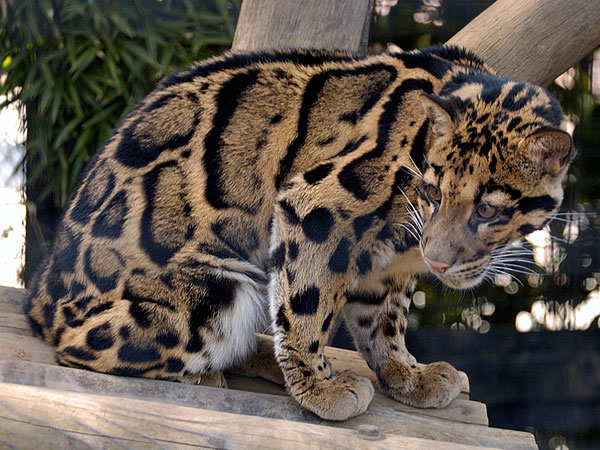
Woodgrain
(Brindle+Marble)
It may also be used to create general "whispy" patterns.
